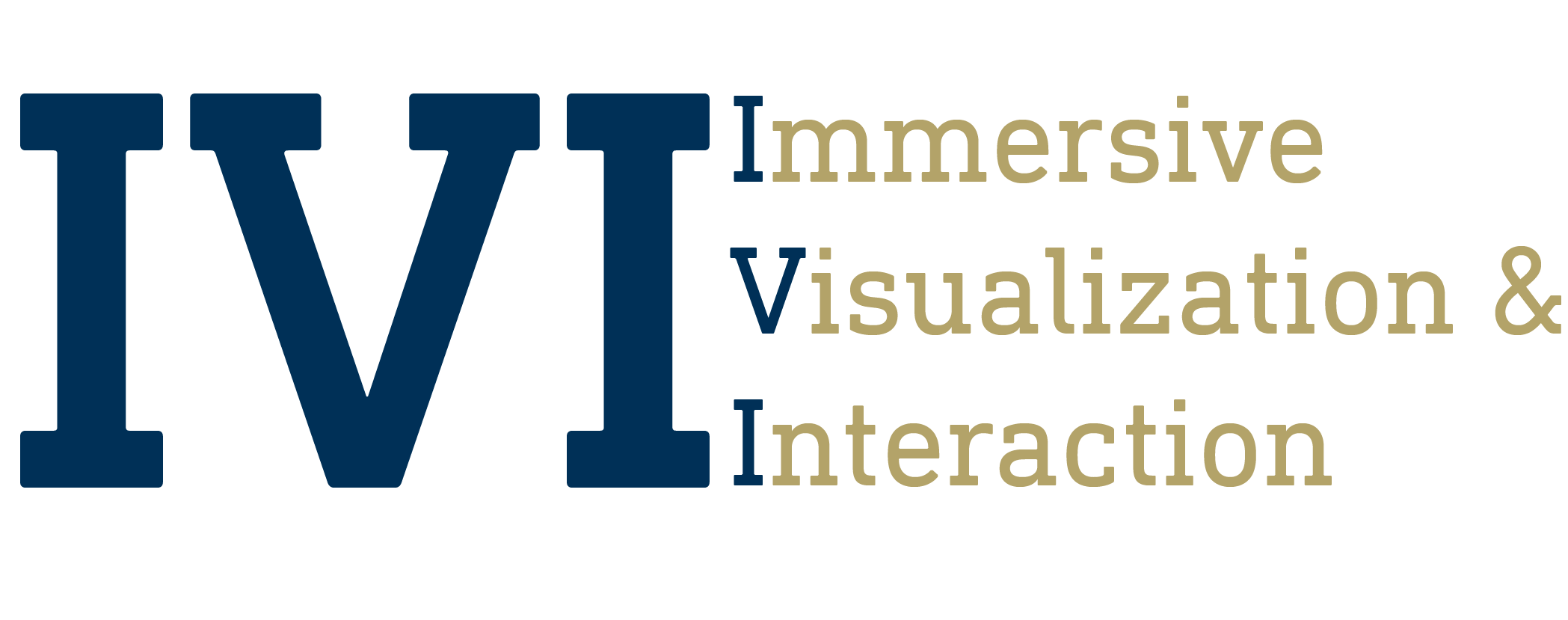Prospective Students
First, take a look at the videos on this page, and if you found the videos listed on this page interesting and want to design, implement and evaluate your own interactive systems, here is your opportunity!
I have several Ph.D. positions for self-motivated students. The ideal candidates should be passionate about VIS/VR/AR/HCI research and have solid programming skills, particularly in Unity3D/d3js/WebXR or similar platforms. Experience in quantitative and qualitative UX research is a plus.
If you consider yourself a good fit, please do not hesitate to reach out. Before sending me an email, to facilitate more efficient and focused communication, I strongly recommend you fill in this Expression of Interest form so I can have a more systematic understanding of you.
I also host visiting researchers and students who share aligned research interests.
I have several Ph.D. positions for self-motivated students. The ideal candidates should be passionate about VIS/VR/AR/HCI research and have solid programming skills, particularly in Unity3D/d3js/WebXR or similar platforms. Experience in quantitative and qualitative UX research is a plus.
If you consider yourself a good fit, please do not hesitate to reach out. Before sending me an email, to facilitate more efficient and focused communication, I strongly recommend you fill in this Expression of Interest form so I can have a more systematic understanding of you.
I also host visiting researchers and students who share aligned research interests.
